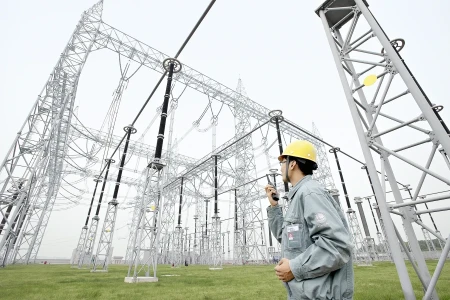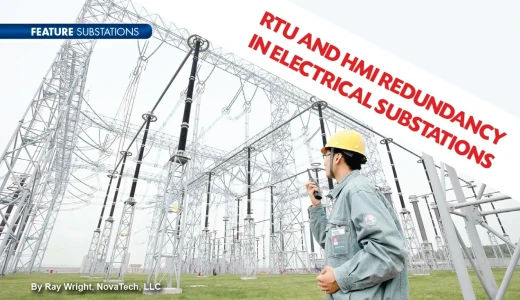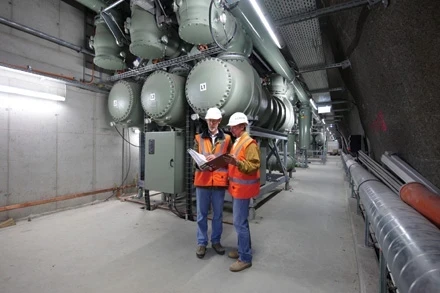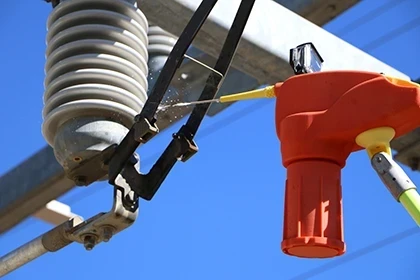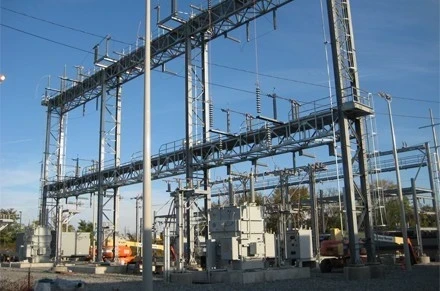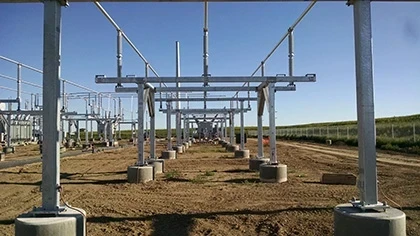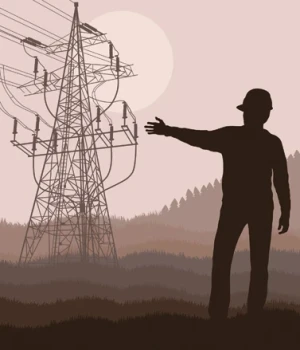High Voltage Direct Current (HVDC) Substations: Revolutionizing Long-Distance Power Transmission
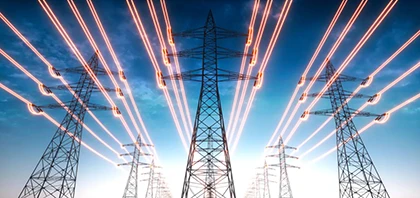
High Voltage Direct Current (HVDC) technology revolutionizes long-distance power transmission, offering improved efficiency and reliability over traditional alternating current (AC) systems. This article explores the latest developments and applications of HVDC substations, providing a technical explanation of HVDC technology, recent innovations in HVDC converter stations, integration with renewable energy sources, and examples of major T&D utility HVDC projects contributing to grid modernization. A gas-insulated substation offers compact, high-efficiency solutions for HVDC projects that can withstand extreme voltages.
Technical Explanation of HVDC Technology and Its Advantages over Traditional AC Systems
HVDC technology involves transmitting electricity using direct current (DC) instead of alternating current (AC). In an HVDC system, electrical power is converted from AC to DC at a converter station, transmitted over long distances through DC transmission lines, and then converted back to AC at another converter station for distribution. Strategic electrical substation design is essential for integrating HVDC equipment and controlling power flow.
The primary advantage of HVDC over traditional AC systems is its efficiency in long-distance transmission. AC power loses energy due to resistance and inductance in the transmission lines, especially over long distances. In contrast, HVDC transmission reduces these losses significantly, making it more efficient for distances exceeding 600 kilometers (approximately 373 miles).
HVDC systems also offer improved stability and control. DC transmission allows for precise power flow control, enabling grid operators to manage power distribution effectively. This is particularly beneficial for integrating intermittent and variable renewable energy sources. Additionally, HVDC systems can connect asynchronous power grids, allowing for the interconnection of different regions with varying electrical standards. Durable electrical substation components are required to manage the demands of long-distance transmission.
Recent Innovations in HVDC Converter Stations and Their Impact on Grid Performance
Recent advancements in HVDC technology have focused on enhancing the performance and reliability of converter stations, which are critical components of HVDC systems. Innovations in power electronics, such as voltage-sourced converters (VSCs), have played a significant role in this regard. HVDC substations benefit from high-level substation automation that enables precision control and rapid fault clearing.
VSC technology allows for more efficient and flexible conversion of AC to DC and vice versa. VSCs use insulated-gate bipolar transistors (IGBTs) to switch power at high frequencies, enabling smoother and more stable power conversion. This technology also reduces the need for large transformers and filters, resulting in smaller and more compact converter stations. The evolution of the digital substation model enhances HVDC operation through real-time diagnostics and system modeling.
Another innovation is the development of modular multilevel converters (MMCs), which offer superior performance and scalability. MMCs consist of multiple submodules that can be individually controlled, providing enhanced fault tolerance and reducing the risk of system failure. This modular approach also allows for easier maintenance and upgrades, ensuring long-term reliability and performance.
These advancements in HVDC converter technology have significantly impacted grid performance. They have enabled the construction of more efficient and reliable HVDC substations capable of handling higher power capacities and supporting the integration of renewable energy sources. These technologies' improved efficiency and control are essential for modernizing the power grid and meeting the growing demand for clean and reliable energy.
You can also visit our Substation Maintenance training course.
Visit our Electricity Forum Electrical Substation Channel Page.
Read full article in the Substation And The Grid Special Edition

